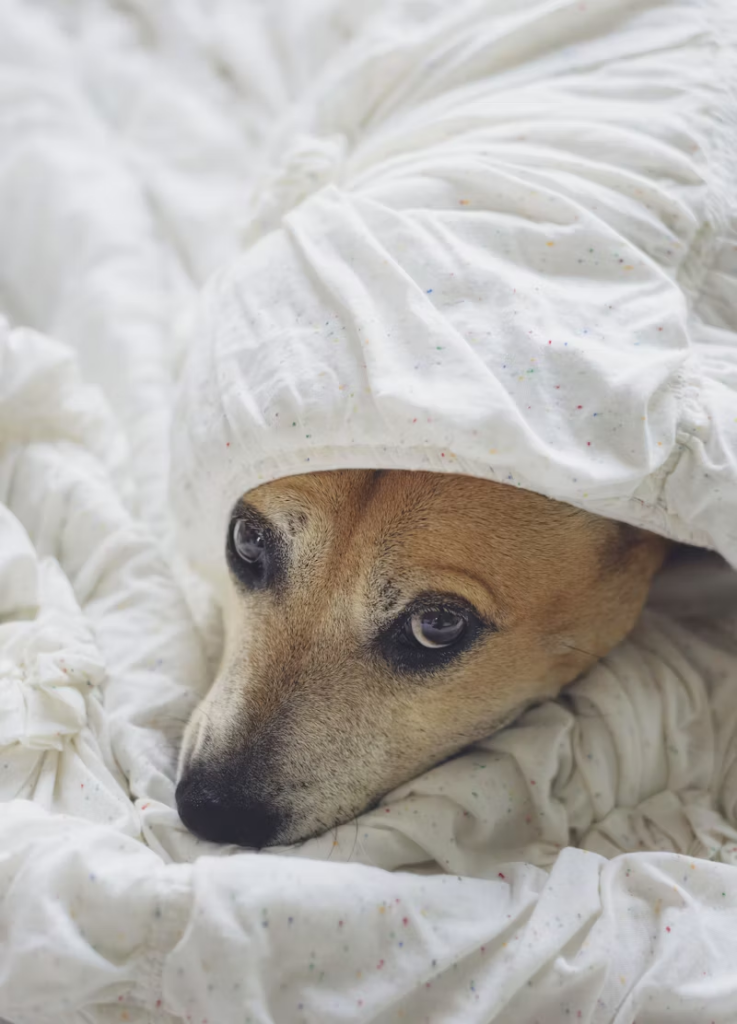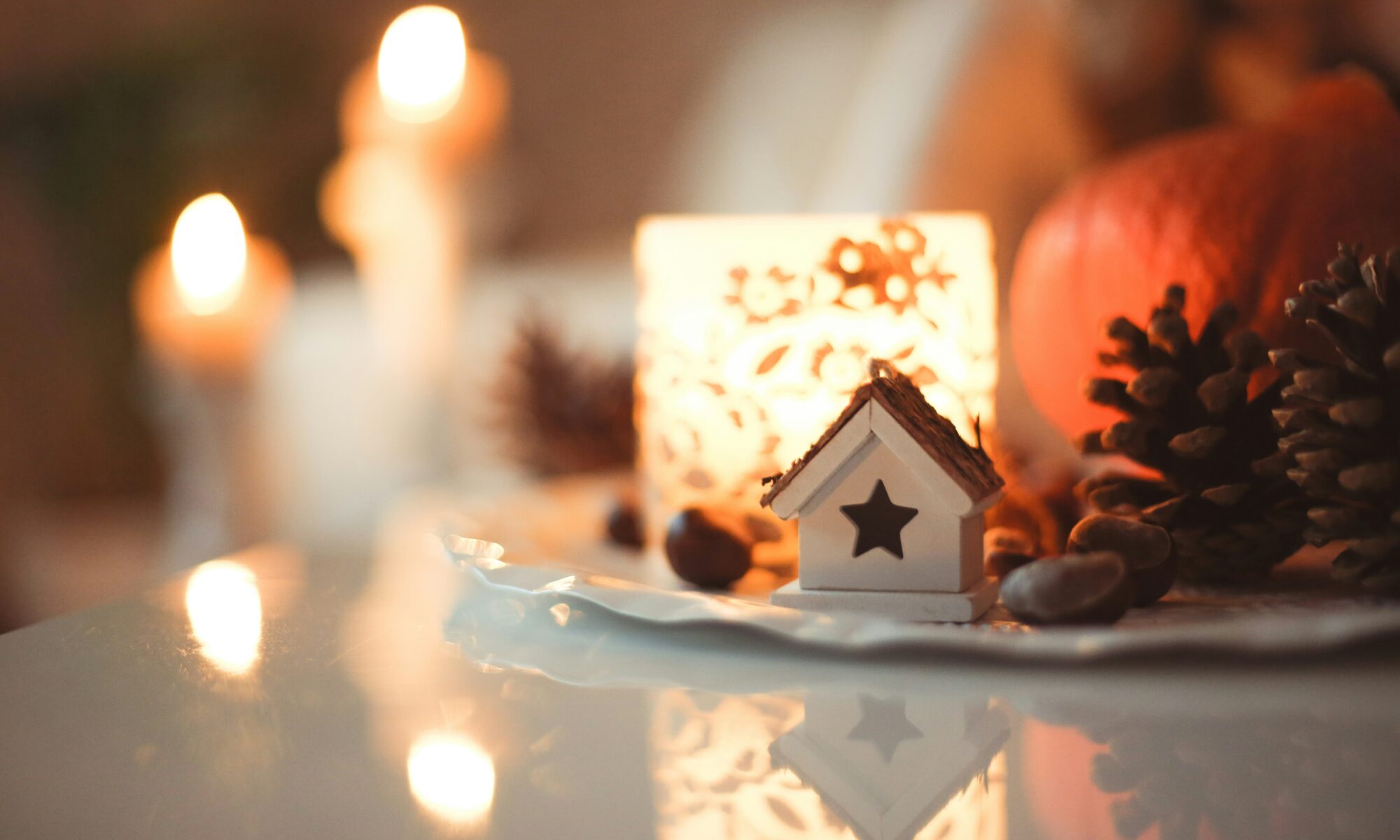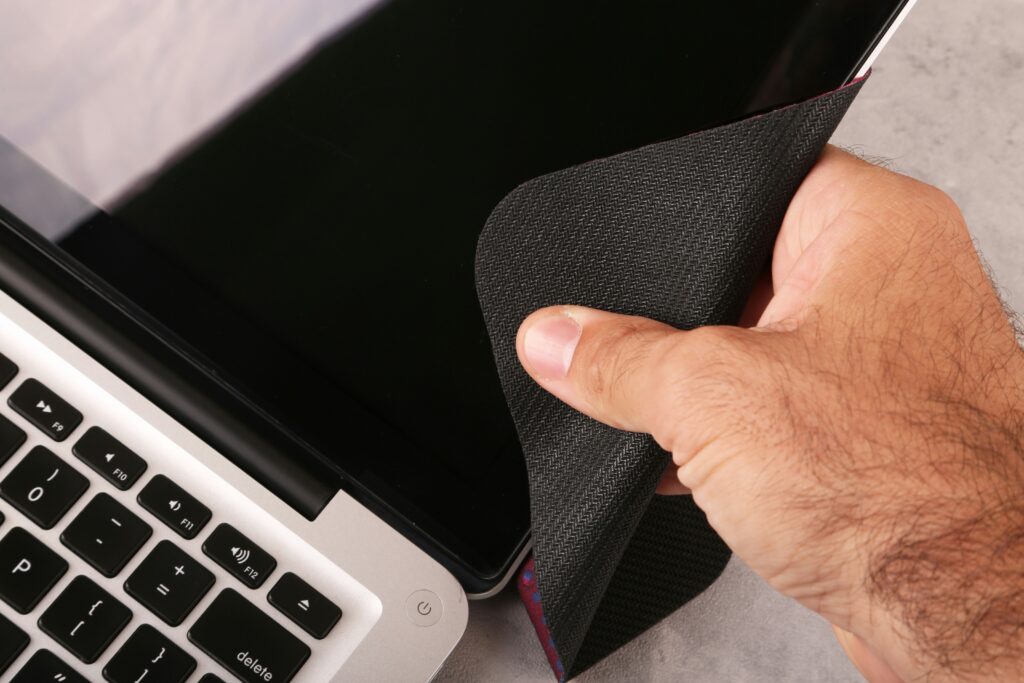Bedsheets are an essential part of daily life. We spend hours on them each night, resting, sleeping, and unwinding. Keeping them clean is crucial, not just for comfort but also for maintaining good hygiene. But how often should you wash your bedsheets? In this article, we’ll cover everything you need to know about washing your bedsheets, including how often to wash them, why it matters, and the best cleaning practices to ensure they stay fresh and last longer.
- Why Is It Important to Wash Bedsheets Regularly?
- How Often Should You Wash Your Bedsheets?
- What Happens if You Don't Wash Your Sheets Often Enough?
- Best Practices for Washing Bedsheets
- Extra Tips for Keeping Your Sheets Fresh
Why Is It Important to Wash Bedsheets Regularly?
Your bed is the place where you spend a significant amount of time each day. You sweat, shed skin cells, and even release oils while you sleep. Combined with dust and pollen from the air, these elements make your bedsheets a breeding ground for bacteria, dust mites, and other allergens. This accumulation of dirt and bacteria can lead to various health problems, including skin irritation, acne breakouts, allergies, and respiratory issues.
Washing your bedsheets regularly helps remove these potential health hazards, keeping your skin clean and reducing the risk of infection. Fresh bedsheets provide a hygienic sleeping environment and contribute to a peaceful, relaxing night’s sleep.
How Often Should You Wash Your Bedsheets?
Most people should wash their bedsheets every week. This frequency ensures that your sheets stay free from bacteria, dirt, and allergens. However, several factors can influence how often you wash your sheets.
Personal Hygiene and Health Conditions
If you sweat heavily at night, your sheets will need more frequent washing. Excessive sweating can lead to an increased buildup of bacteria and unpleasant odors. If you’re recovering from an illness or have a cold, it’s advisable to wash your sheets more often to prevent germs from lingering.
For those with skin conditions like eczema or acne, washing your sheets regularly can help prevent flare-ups. Skin oils, sweat, and dirt accumulating on your sheets may contribute to breakouts or irritate sensitive skin.

Pet Owners
If your pets sleep in your bed, wash your sheets more frequently. Pets bring dirt, hair, and dander into your bed, which can accumulate quickly. Regular washing helps reduce allergens and pet odors that can be transferred to your sheets.
Allergies
If you suffer from allergies, washing your bedsheets at least once a week is essential. Dust mites and pollen particles that collect in your sheets can trigger allergic reactions, leading to sneezing, itchy skin, or even respiratory issues. For allergy sufferers, washing sheets more frequently, such as every 3-4 days, can help minimize exposure to these allergens.
Night Sweats or Heavy Sweating
Night sweats can make washing your sheets more of a necessity. If you experience excessive sweating during sleep, you may need to wash your sheets twice weekly to avoid bacterial growth and odors.
Lifestyle and Work Environment
People with physically demanding jobs or working in environments exposed to dust, dirt, or chemicals may want to wash their sheets more frequently. If your clothes or skin are exposed to dirt and chemicals, they can transfer to your sheets, making regular washing essential.
What Happens if You Don’t Wash Your Sheets Often Enough?
If you don’t wash your sheets often enough, you might be exposing yourself to several issues. Bacteria, dust mites, sweat, and dead skin cells can build up in your sheets over time. This can cause skin irritation, allergies, and acne. Furthermore, the longer you go without washing your sheets, the more likely it is that odors will begin to develop. Dust mites, which feed on skin flakes, thrive in unwashed sheets’ warm, moist environment. Over time, they can contribute to health problems, especially those with asthma or other respiratory conditions.

Best Practices for Washing Bedsheets
To get the best results when washing your bedsheets, follow these simple best practices:
Check the Care Label
Before you wash your sheets, always refer to the care label. The care instructions will tell you the ideal water temperature, drying method, and detergent type for your sheets. Following these instructions will help preserve the fabric and ensure your sheets last longer.
Use the Right Water Temperature
When it comes to washing bedsheets, water temperature is key. For most fabrics, a warm wash (around 40°C) is effective at cleaning while preserving the fabric. Hot water may be too harsh and cause colors to fade or fabrics to shrink. Cold water is gentler but may not effectively kill bacteria or remove heavy dirt.
To ensure thorough cleaning, you can use hot water for specific fabrics, such as cotton. However, be careful when washing delicate sheets like silk, as hot water can damage the fabric.
Choose the Right Detergent
Using a gentle, skin-friendly detergent will help prevent skin irritation. Harsh chemicals in some laundry detergents can cause reactions on sensitive skin, so it’s best to choose a mild detergent. Additionally, avoid using fabric softeners, as they can leave a residue on the sheets that may irritate the skin over time.
Dry Thoroughly
After washing your sheets, it’s essential to dry them thoroughly. Damp sheets can lead to mildew and unpleasant odors. If possible, air-dry your sheets in the sun. Sunlight helps kill bacteria and gives your sheets a fresh, natural scent.
If you’re using a dryer, ensure the sheets are completely dry before putting them back on your bed. High heat settings are great for securing thoroughly dried and bacteria-free sheets.
Extra Tips for Keeping Your Sheets Fresh
In addition to regular washing, here are some tips to help keep your sheets fresh and clean for longer:
- Use a Mattress Protector: A mattress protector acts as a barrier between your mattress and your sheets, preventing the accumulation of dirt, sweat, and oils. This can reduce the frequency at which you need to wash your sheets.
- Wash Pillowcases Frequently: Pillowcases come into direct contact with your face and hair, which makes them a hotspot for oil buildup. Wash pillowcases at least once a week, even if you don’t wash the entire set of sheets.
- Rotate Your Sheets: Keep extra bedsheets on hand to rotate between washes. This ensures that your sheets properly rest between washes, preventing wear and tear.
- Invest in High-Quality Sheets: High-quality sheets made of natural fibers, such as cotton or linen, tend to hold up better over time and are easier to clean. These fabrics are more breathable and can help regulate your body temperature while you sleep, leading to fewer sweat stains.
Final Thoughts
Washing your bedsheets regularly is crucial for both hygiene and comfort. Aiming to wash them once a week is a good rule of thumb, but factors like personal health, pets, allergies, and lifestyle can affect how often you wash them. You’ll enjoy fresh, clean sheets every night by following proper washing practices and maintaining a consistent cleaning schedule. Remember, a clean bed feels better and contributes to better health and a more restful sleep.

















You must be logged in to post a comment.